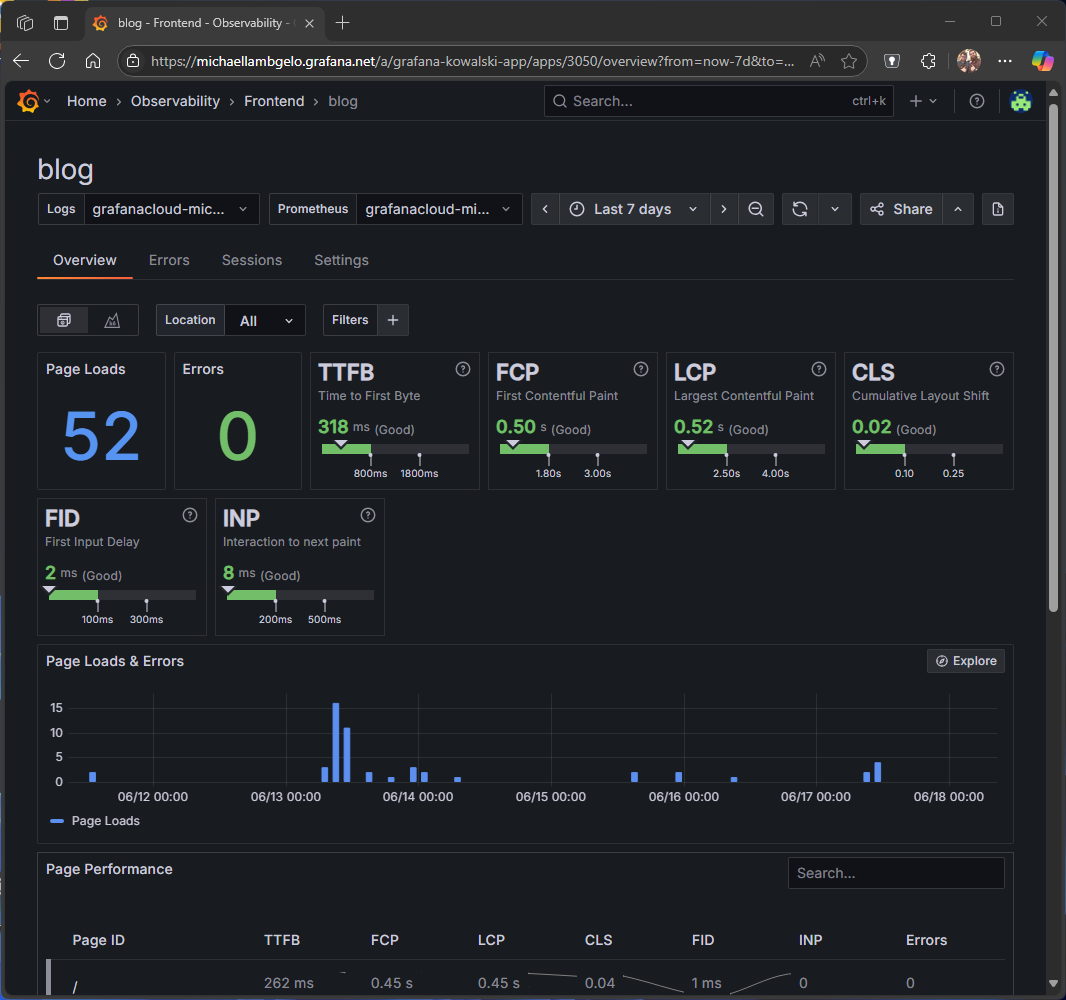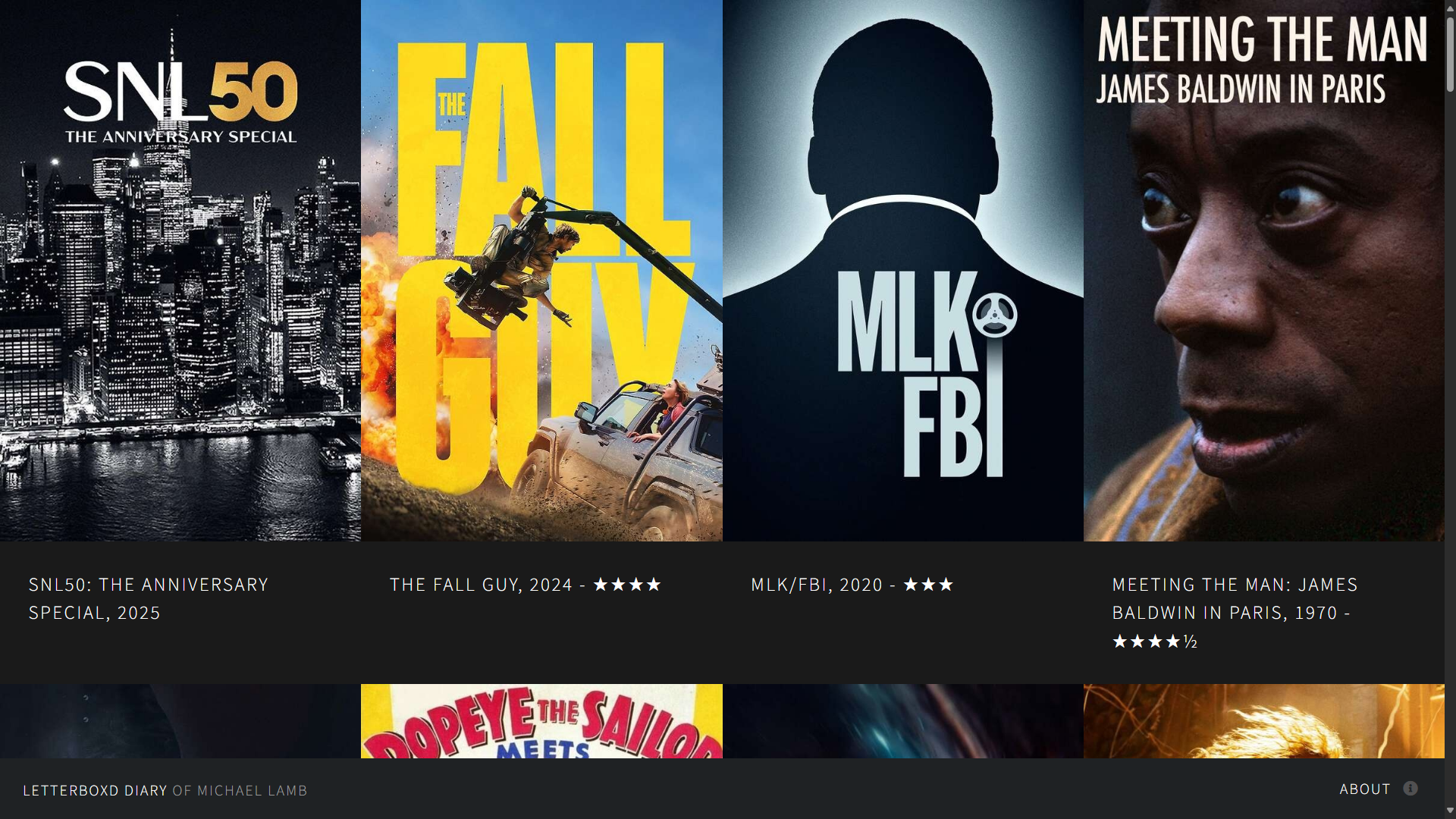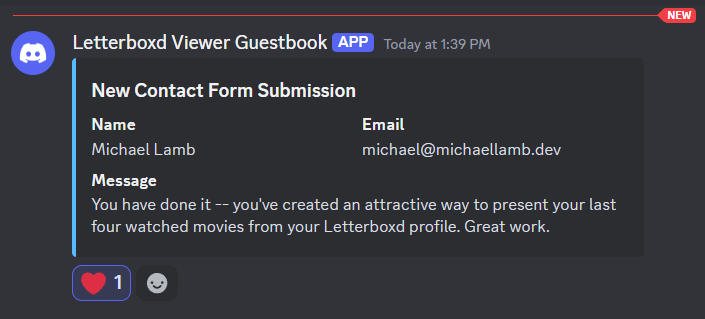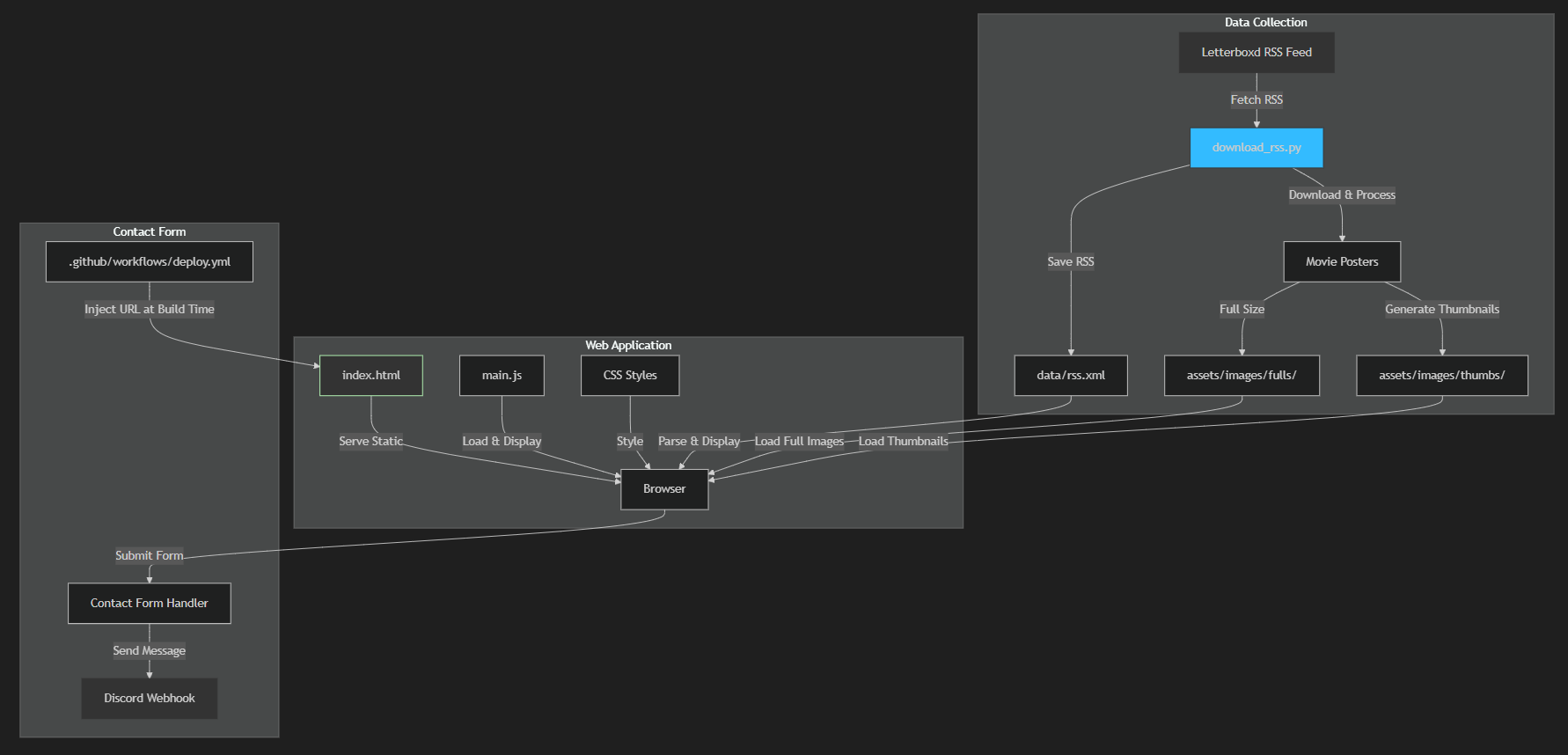A tech & life blog written and maintained by Michael Lamb
All of this has happened before
…and all of it will happen again
Are the Cylons coming?
I love science fiction. I claim it as my favorite genre, mostly for books but also for movies. I’ve especially enjoyed the exploration of machine versus human in television works like Battlestar Galactica.
As a person who enjoys the use and evolution of language, I have been both perplexed and impressed witnessing the rebranding of LLM technology as “Artificial Intelligence.” I prefer to use the term machine intelligence.
“Artificial intelligence” and “machine intelligence” are closely related terms often used interchangeably, yet they carry different conceptual emphases and historical contexts.
Artificial Intelligence is the more established and widely recognized term, coined by John McCarthy in 1956. It emphasizes the creation of systems that can perform tasks typically requiring human intelligence—reasoning, learning, perception, and decision-making. The “artificial” aspect highlights that these capabilities are engineered rather than naturally occurring. AI encompasses a broad range of approaches, from symbolic reasoning and expert systems to modern machine learning and neural networks.
Machine Intelligence, by contrast, emphasizes the computational and mechanistic aspects of intelligent behavior. This term focuses more on the underlying processes and mechanisms that enable intelligent behavior in machines, rather than human-like outcomes. It encompasses both AI systems and broader computational approaches to intelligence, including distributed systems, swarm intelligence, and emergent behaviors from simple rules.
The key differences lie in their framing: AI is often anthropocentric, measuring success against human cognitive abilities and seeking to replicate or surpass human-level performance. Machine intelligence takes a more mechanistic view, focusing on how computational systems can exhibit intelligent behavior through their own unique processes, which may not mirror human cognition at all.
In practice, these terms appear synonymously in technical literature and industry contexts. However, “machine intelligence” typically appears in discussions emphasizing engineering and computational aspects, while “artificial intelligence” dominates conversations about cognitive capabilities, ethics, and societal impact.
Both concepts ultimately describe computational systems that can adapt, learn, and solve problems, but they represent different philosophical approaches to understanding and developing intelligent machines.
Forgive me if this seems pedantic. I’m pursuing precision of language—a task that often feels Sisyphean, yet necessary.
I think it’s important to consider the contrasting goals of artificial intelligence and machine intelligence. Capitalism and aritficial intelligence will create a hellscape benefitting a few. Maybe there’s a better society if more people start thinking about machine intelligence.
BSG feel apt to reference in this discourse because the show explores themes of consciousness, the nature of intelligence, and the blurry line between human and machine.
BSG Quotes for your consideration
There’s a reason you separate military and the police. One fights the enemies of the state, the other serves and protects the people. When the military becomes both, then the enemies of the state tend to become the people. Commander William Adama
Brother Cavil In all your travels, have you ever seen a star go supernova?
Ellen Tigh No.
Brother Cavil No? Well, I have. I saw a star explode and send out the building blocks of the Universe. Other stars, other planets and eventually other life. A supernova! Creation itself! I was there. I wanted to see it and be part of the moment. And you know how I perceived one of the most glorious events in the universe? With these ridiculous gelatinous orbs in my skull! With eyes designed to perceive only a tiny fraction of the EM spectrum. With ears designed only to hear vibrations in the air.
Ellen Tigh The five of us designed you to be as human as possible.
Brother Cavil I don’t want to be human! I want to see gamma rays! I want to hear X-rays! And I want to - I want to smell dark matter! Do you see the absurdity of what I am? I can’t even express these things properly because I have to - I have to conceptualize complex ideas in this stupid limiting spoken language! But I know I want to reach out with something other than these prehensile paws! And feel the wind of a supernova flowing over me! I’m a machine! And I can know much more! I can experience so much more. But I’m trapped in this absurd body! And why? Because my five creators thought that God wanted it that way!
Published on 09 July 2025.
Adding frontend observability to michaellamb.dev
After working with Grafana at my company, I decided to see how far the free accounts stretch. After all, I’ve got an internet domain and reasons to observe it, so why not use Grafana for observability?
What I get from Grafana Faro

This is the current view of the dashboard with metrics from the blog application I’m observing. It’s activity since my last blog post. Grafana Faro is loaded on the client-side and is blocked by some ad-blockers automatically, yet I get to see how my page performs for an end user for the folks who access my page without one.
Sometimes, users visit a website without an ad-blocker without even realizing it because they’re using something like a social media app and it loads a web browser to keep a user in-app. I’ve noticed most sessions like this are generated from my LinkedIn post advertising last week’s update.
What it took to start using Faro
Grafana makes it very easy to integrate Faro in a frontend app. Either through a web SDK or by importing it through the CDN, anyone can have observability in minutes. Most of the code below is generated within the Grafana dashboard, but I refactored it to work with my development flow. I have observability segmented by environment, so I can see how my website performs in dev and prod.
(function () {
// Check if we're in a local development environment
const isLocalDev = window.location.hostname === 'localhost' || window.location.hostname === '127.0.0.1';
console.log('isLocalDev', isLocalDev);
var webSdkScript = document.createElement("script");
// fetch the latest version of the Web-SDK from the CDN
webSdkScript.src =
"https://unpkg.com/@grafana/faro-web-sdk@^1.4.0/dist/bundle/faro-web-sdk.iife.js";
webSdkScript.onload = () => {
// Configure Faro differently based on environment
const faroConfig = {
url: "https://faro-collector-prod-us-east-0.grafana.net/collect/...",
app: {
name: "blog",
version: "1.0.0",
environment: isLocalDev ? "development" : "production",
}
};
// Add transport configuration for local development to handle CORS
if (isLocalDev) {
faroConfig.transport = {
mode: 'no-cors'
};
}
// Initialize Faro with the appropriate configuration
window.GrafanaFaroWebSdk.initializeFaro(faroConfig);
// Load instrumentations at the onLoad event of the web-SDK and after the above configuration.
// This is important because we need to ensure that the Web-SDK has been loaded and initialized before we add further instruments!
var webTracingScript = document.createElement("script");
// fetch the latest version of the Web Tracing package from the CDN
webTracingScript.src =
"https://unpkg.com/@grafana/faro-web-tracing@^1.4.0/dist/bundle/faro-web-tracing.iife.js";
// Initialize, configure (if necessary) and add the the new instrumentation to the already loaded and configured Web-SDK.
webTracingScript.onload = () => {
window.GrafanaFaroWebSdk.faro.instrumentations.add(
new window.GrafanaFaroWebTracing.TracingInstrumentation()
);
};
// Append the Web Tracing script script tag to the HTML page
document.head.appendChild(webTracingScript);
};
// Append the Web-SDK script script tag to the HTML page
document.head.appendChild(webSdkScript);
})();
What else does Faro do
I don’t really know.
And in most ways, that’s because I’m not a frontend developer – but I do know that Faro allows you to further instrument your application for error tracking and custom signals. And yet, I am a frontend developer, I just don’t prefer it and so work on it begrudgingly. Although I love me some HTML.
In contexts where people care, Faro instrumentation enables things like conversion funnel analysis, feature usage tracking, A/B testing, monitoring and alerting longer API response times, feature adoption, etc.
If that’s you and you want something to help you do that, I suggest Grafana Faro.
Published on 18 June 2025.
The Tale of the Lazy SME
There was a lazy subject matter expert…
He wanted to be helpful, but he didn’t want it to require a lot of effort. He thought, “The machine intelligence apparatus will be useful for sharing my knowledge efficiently.”
And so he spent days and weeks and months to create the ultimate documentation of his work so that he could share it with others at no more expense of his time.
But what he failed to realize was that it was his time that made the work meaningful.
Because the work was for other people, the individual doing the contributing was more important in the recipe of a matrix organization than the contribution of the individual.
The machine intelligence was not thinking about other people, not the way the individual does.
And so, as he automatically routed the questions others asked of him to be answered by a machine instead of a person, people learned to stop asking him questions.
Then, all the time he spent developing a machine intelligence so he could be lazy was thusly wasted.
And then he led the Butlerian Jihad. THE END.
elsewhere, on the internet
I updated my Letterboxd profile picture SINNERS is a religious experience to me I'm happy to suggest the weight of that impact by this change, as I don't plan to use this picture anywhere else Clarksdale, MS, is a place to meet God, if you care to listen for her
— michael lamb (@michaellamb.dev) June 2, 2025 at 11:55 PM
[image or embed]
Published on 13 June 2025.
I built a custom Letterboxd diary viewer
I am an avid Letterboxd user and wanted to create a custom viewer for my diary entries. Since college, I’ve known about HTML5 UP, a website that offers free templates with beautiful, responsive designs. I decided to give it a try and see if I could create a viewer with it.
HTML5 UP Template
Here’s what the template looks like. It’s named Multiverse.

Letterboxd Viewer
And here’s how the viewer turned out.

Contact form
The template features an About section which contains a contact form. For simplicity and ease of use, I opted to publish new submissions to a Discord webhook in a private channel on my server. The form submits to an AJAX call which formats the message and sends it to the webhook. The webhook then posts the message to the channel.

Architecture
Links
Check out the repo here and feel free to fork and modify it to your needs. The README should have all the information you need to get started if you know how to poke around some code.
Open the Letterboxd Diary Viewer now
Published on 21 February 2025.
Sherlock Project
Today, I’m writing to feature the Sherlock Project. Searching over 400+ social media networks, Sherlock can help you find accounts by username.
Installation
On a Mac OS device, I used Homebrew to install the sherlock CLI tool. Check out the installation instructions for more information for your system.
my results - michaellambgelo
I searched for my own username and found a few results. I’m sure there are more, but I’m not going to list them all.
Here was every account Sherlock found for my username:
https://www.codewars.com/users/michaellambgelo
https://discord.com
https://hub.docker.com/u/michaellambgelo/
https://dribbble.com/michaellambgelo
https://www.duolingo.com/profile/michaellambgelo
https://www.fiverr.com/michaellambgelo
https://freesound.org/people/michaellambgelo/
https://genius.com/michaellambgelo
https://giphy.com/michaellambgelo
https://www.github.com/michaellambgelo
https://gitlab.com/michaellambgelo
https://hackenproof.com/hackers/michaellambgelo
https://hackerone.com/michaellambgelo
https://hackerrank.com/michaellambgelo
https://holopin.io/@michaellambgelo
https://imgur.com/user/michaellambgelo
https://www.producthunt.com/@michaellambgelo
https://pypi.org/user/michaellambgelo
https://www.reddit.com/user/michaellambgelo
https://www.roblox.com/user.aspx?username=michaellambgelo
https://scratch.mit.edu/users/michaellambgelo
https://www.shpock.com/shop/michaellambgelo/items
https://slideshare.net/michaellambgelo
https://www.snapchat.com/add/michaellambgelo
https://soundcloud.com/michaellambgelo
https://open.spotify.com/user/michaellambgelo
https://steamcommunity.com/groups/michaellambgelo
https://steamcommunity.com/id/michaellambgelo/
https://www.strava.com/athletes/michaellambgelo
https://ch.tetr.io/u/michaellambgelo
https://tldrlegal.com/users/michaellambgelo/
https://trello.com/michaellambgelo
https://www.twitch.tv/michaellambgelo
https://xboxgamertag.com/search/michaellambgelo
https://www.youtube.com/@michaellambgelo
https://www.baby.ru/u/michaellambgelo/
Total Websites Username Detected On : 36
Typically, I’ve reserved the moniker michaellambgelo for personal accounts distinct from more professional accounts where I am inclined to discuss my career or I may promote acompany. It is a reminder to myself that there is a time for work and a time for play – and michaellambgelo is meant for play.
Upcoming
View on Threads
- I am exploring cloud hosting to begin user testing of a new Discord Member Matchmaking app
- I will be hosting a movie night featuring the film EVANGELION:1.11 YOU ARE (NOT) ALONE. this Sunday at 4 PM Central Standard Time in the C Spire Gaming Discord server
Join the C Spire Gaming Discord server at the widget below
Thank you for reading!
Published on 28 January 2025.

About michaellamb.dev
Michael Lamb is a software engineer working at C Spire. If you have a blog-specific inquiry please create a new issue on GitHub. Feel free to fork this blog and build your own!Get to know who I am in my first post Hello, World!
